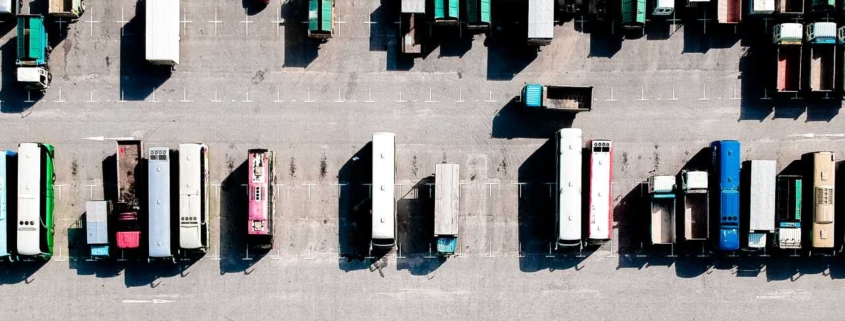New fuel for the transport sector
The transport sector is under great pressure due to climate change and the volatile energy sector. The fuel for transportation will inevitably change.
The challenge
Fuel consumption has had a major impact on the transport sector in recent years. The volatile market has put many companies in trouble. It is not always possible to pass on price changes to the shipper. The pressure on margins and government policy aimed at reducing the Carbon Footprint is forcing the transport sector to look for alternatives.
The emergence of alternative fuels does not provide enough solutions for many companies in the short term, while the long-term trend bends away from the fossils. In determining its strategy, the sector is also struggling with a lack of insight into the opaque energy market when it comes to upcoming developments and the state of affairs and is therefore not in a good position to outline a sustainable strategy.
Infrastructure.
One of the major problems, to which governments only respond moderately, is the one-sided infrastructure. The current distribution structure is fully adapted to the application of fossil fuels. The consumer market is also struggling with this problem, as a result of which car manufacturers are reluctant to market alternative solutions such as hydrogen. It is a chicken and egg story that can only be broken if large-scale investments are made in a new structure. An additional problem is that it is not yet easy to determine which energy form will be leading. It will be a mix of new forms of energy, as a result of which the efficiency cannot be determined per fuel.
Technology.
The different alternative fuels each have their limitations. Bio fuel has a major impact on agricultural areas and puts pressure on food production. Electric driving is not a solution for heavy freight traffic with [medium] long distances at the moment. CNG and LNG [gas] currently offers the most options depending on price developments on the market. Hydrogen is already possible but is still at the very beginning of its development and is not yet a realistic option for the transport sector. Where fossil fuel provides full coverage, none of the alternatives is an actual deal breaker at the moment. For the time being, energy efficiency, for example through planning optimization, is the most chosen route. Improving the load factor can certainly still make the necessary savings here.
Conditions for alternatives.
For transport, there are a number of conditions that must be met if an alternative fuel is to be successful in replacing diesel [land-water] kerosene [air]
- Availabilty. there must be sufficient production options for each alternative. It must be able to be produced on a large scale without significant adverse effects on other sectors.
- infrastructure. Fuels require a dense network when it comes to transport, further processing and final delivery to customers.
- Technology. The [engine] technology for alternative fuels, or even combinations thereof, should be well developed and available.
- Efficiency. The fuel used must contain sufficient energy value to be able to transport longer distances and heavier loads.
- Cost effective. When determining the cost price, external costs must also be taken into account, such as environmental effects, social impact and
- infrastructure costs. This integral cost calculation must be implemented on all fuels to guarantee a level playing field. Here it is currently lacking, causing the market to be disrupted.
- Fuel performance. The fuel performance or energy value must be sufficient to enable at least medium-distance transport at a cost-effective price.
- Safety. The new engines must be safe to use and also have an acceptable maintenance and replacement level.
Opportunities.
For the transport sector in the Netherlands but also in Europe, the immense challenge is to change its fuel applications and consumption in the coming years.
- Make sure you gain insight into your footprint, but also your required energy value. Determine the requirements that the new fuel must meet.
- Identify the possible alternatives, their importance and on this mean a sustainable solution.
- Optimize the current fuel consumption of your fleet. Determine the possible new energy mix and determine an energy policy for the various terms.
- Work with shippers, carriers, government and manufacturers to make new technology faster and more accessible to the market.
- Promote within the chain and beyond to strive for sustainability and cooperation in this area. Support research and open dialogue within the sector and with third parties.
Future.
Although the transition is complicated and many factors are still uncertain, the transport sector should not underestimate that with the emergence of new economies, rising demand, declining supply and the pressure to reduce CO2 emissions due to actual climate change, the changes are suddenly can go fast. Perhaps the biggest threat to the industry is the time-honored fear of working with shippers and other carriers. Certainly in the short term to get the load factor and energy efficiency high, cooperation offers plenty of opportunities. It will take all the creativity and inventiveness of the sector to make this change.
Sources:
supplychain24*7
BSR – the sustainability impacts of fuels. – january 2015
IPCC – global warming reports.









